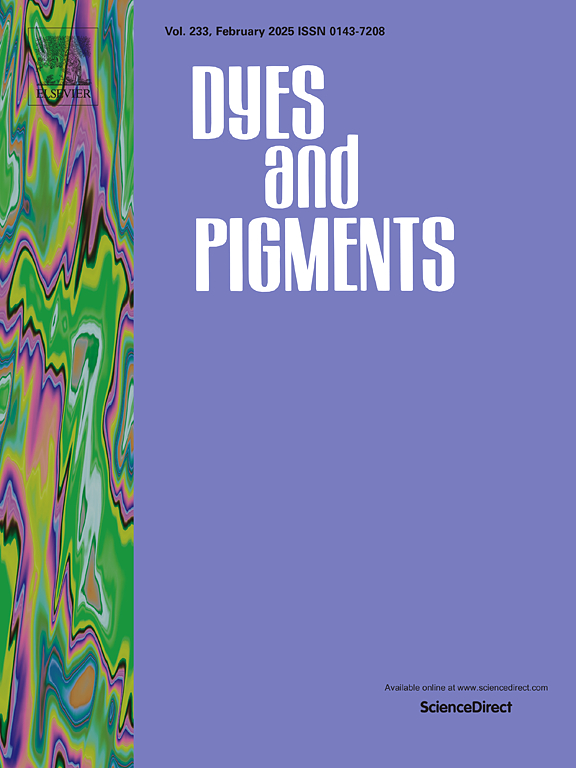设计下一代光敏剂:NIR-II触发的有机光动力纳米药物的最新进展
IF 4.1
3区 工程技术
Q2 CHEMISTRY, APPLIED
引用次数: 0
摘要
目前,光动力疗法(PDT)以其可控性精确、耐药小、长期副作用小等优点,在各种恶性肿瘤的治疗中显示出巨大的临床潜力。然而,报道的光敏剂(ps)的激发波长通常位于可见光或近红外i (NIR-I, 700-900 nm)区域,由于有限的组织穿透深度,这实质上阻碍了深层组织的治疗效果。相比之下,近红外- ii (NIR-II, 1000-1700 nm)显示出更深的身体穿透和更低的光损伤,因此大量的努力致力于开发NIR-II触发的用于深部组织治疗的ps。目前开发的聚丙烯酸酯主要集中在无机纳米材料上,NIR-II活性有机聚丙烯酸酯的开发还处于起步阶段。本文综述了近年来NIR-II活性有机多糖的研究进展、应用实例及作用机理。此外,本文还对NIR-II活性有机ps的设计进行了展望。本文章由计算机程序翻译,如有差异,请以英文原文为准。

Designing next generation of photosensitizers: recent advances in NIR-II triggered organic photodynamic nanomedicines
Nowadays, photodynamic therapy (PDT) has shown significant clinical potential in treatment of various malignant tumors due to its superiorities of precise controllability, negligible drug resistance, and insignificant long-lasting side effects. Nevertheless, the excitation wavelengths of the reported photosensitizers (PSs) usually locate in the visible or near-infrared-I (NIR-I, 700–900 nm) region, which substantially hinders the deep-tissue therapeutic effectiveness because of the limited tissue-penetration depth. By comparison, near-infrared-II (NIR-II, 1000–1700 nm) shows deeper body penetration and lower photo-damage, and thus substantial efforts have been devoted to develop NIR-II triggered PSs for deep-tissue therapy. The current development PSs are mainly focused on inorganic nanomaterials, the development of NIR-II activated organic PSs is still in its infancy. In this review, we summarize the recent research progresses of NIR-II activated organic PSs and their application examples as well as working mechanisms. Furthermore, some perspectives and insights on the design of NIR-II activated organic PSs are also discussed.
求助全文
通过发布文献求助,成功后即可免费获取论文全文。
去求助
来源期刊

Dyes and Pigments
工程技术-材料科学:纺织
CiteScore
8.20
自引率
13.30%
发文量
933
审稿时长
33 days
期刊介绍:
Dyes and Pigments covers the scientific and technical aspects of the chemistry and physics of dyes, pigments and their intermediates. Emphasis is placed on the properties of the colouring matters themselves rather than on their applications or the system in which they may be applied.
Thus the journal accepts research and review papers on the synthesis of dyes, pigments and intermediates, their physical or chemical properties, e.g. spectroscopic, surface, solution or solid state characteristics, the physical aspects of their preparation, e.g. precipitation, nucleation and growth, crystal formation, liquid crystalline characteristics, their photochemical, ecological or biological properties and the relationship between colour and chemical constitution. However, papers are considered which deal with the more fundamental aspects of colourant application and of the interactions of colourants with substrates or media.
The journal will interest a wide variety of workers in a range of disciplines whose work involves dyes, pigments and their intermediates, and provides a platform for investigators with common interests but diverse fields of activity such as cosmetics, reprographics, dye and pigment synthesis, medical research, polymers, etc.
 求助内容:
求助内容: 应助结果提醒方式:
应助结果提醒方式:


